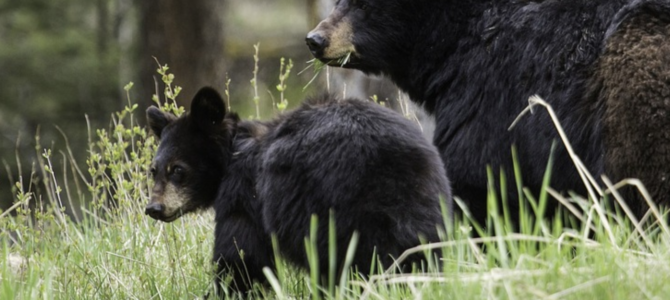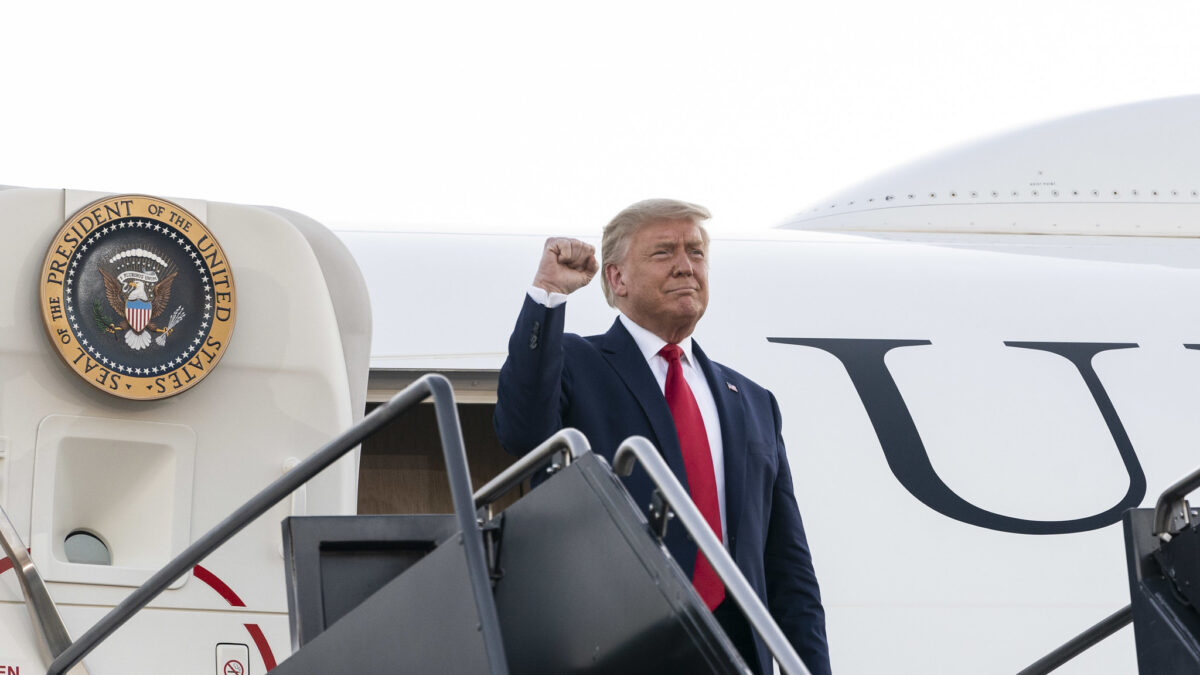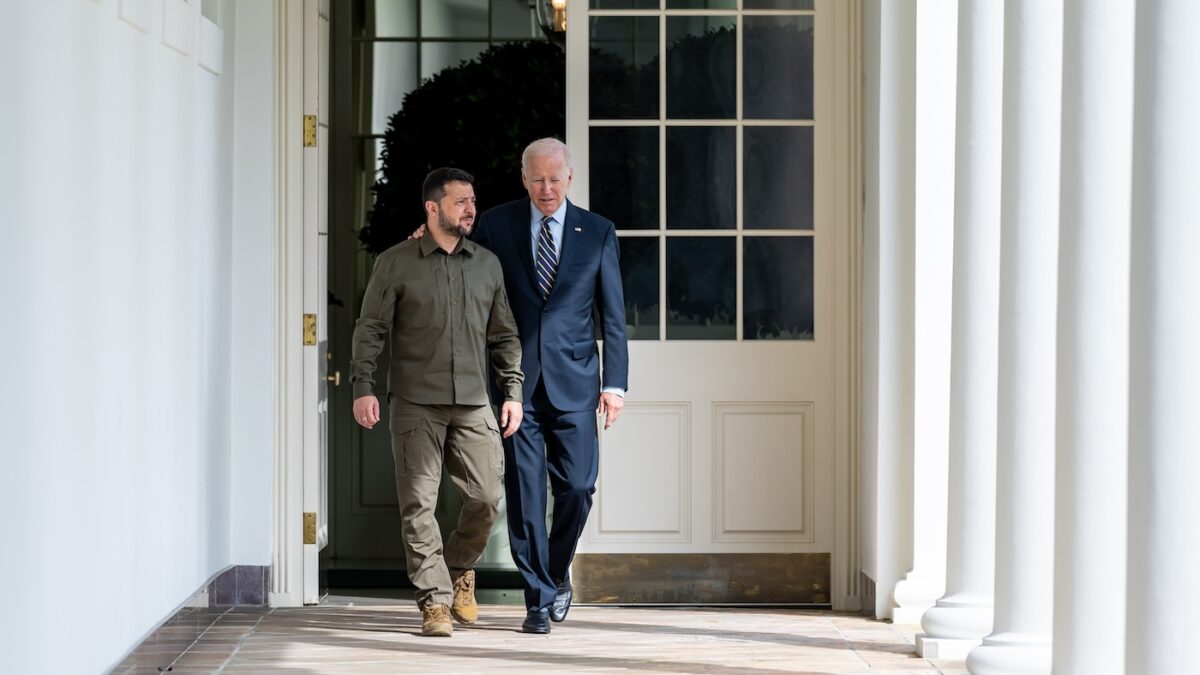
Wildlife is doing just fine with the world on lockdown. That’s what news reports are portraying. All it took was a worldwide pandemic to push humans indoors and turn the world into an inside-out zoo, with humans on exhibit and wild animals roaming empty streets and looking in.
Except it’s not quite true. It also denies fundamental truths.
One of the more recent urban myths is that black bears are having a party without all those pesky humans crowding their habitats at Yosemite National Park. One report made headlines of a single quote: “The bear population has quadrupled,” Warren McClain, who works in the kitchen at Yosemite’s Ahwahnee Hotel, told the Los Angeles Times.
What was easily skimmed over was that the park is home to 300-500 black bears that have lived there the whole time. Without tourists, of course they’re emboldened, especially as they come out from winter hibernation looking for food.
Another report cooed about vulnerable leatherback turtles flourishing on South Florida beaches during the season they lay their eggs. Without crowds of sunseekers, the turtles have the sandy expanses to themselves.
Nice Narrative, Fake News
At the beginning of the worldwide lockdown orders, there were reports of dolphins and swans returning to Venice’s canals, and wild elephants breaking into a Chinese village, consuming more than 60 pounds of corn wine and passing out in a nearby tea farm. Except none of it was true.
The swans, from Burano, Italy, have always been around. There were no newly returned Venice dolphins. They were filmed in Sardinia, an island on the opposite side of the Italian peninsula. The elephants did break into the village, but only knocked over the corn wine. They didn’t drink it down in a circus-like bender. Even National Geographic busted such myths.
Certainly, without human presence, wildlife will roam. Suggesting that about six weeks of human lockdown created a wildlife baby boom ignores basic biology. It also ignores the role of the hunter-conservationist in wildlife recovery.
Again, no one is doubting that wildlife is entering areas more frequently or more boldly without human presence. That’s not just at Yosemite or Florida beaches; urban areas are seeing it too. It’s also not a new phenomenon. Coyotes have been spotted in New York City’s Central Park. However, to see such abundant wildlife, including quadruple the amount of bears in a national park, means those bears had to have been bred, birthed, and sustained starting many months ago. That doesn’t happen overnight.
Conservation History
In fact, this success story started being written more than 100 years ago. In the early 1900s, wildlife in national parks wasn’t nearly as abundant, much less so in populated regions. Just half a million whitetail deer existed. Today, they number more than 32 million.
Few ducks were in the marshes, but today more than 44 million follow their migration patterns. Fewer than 41,000 Rocky Mountain Elk bugled in the mountains, but today there are more than a million. Just 100,000 turkeys gobbled from the roost, but now hunters chase more than 7 million. The pronghorn antelope dwindled to just 50,000 only 50 years ago. Now, because of hunter-supported activities, they number more than 1.1 million.
That’s because hunters are the original conservationists. The firearm industry has played a crucial role in wildlife recovery through the Pittman-Robertson excise tax. Firearm and ammunition manufacturers pay a tax on every firearm, cartridge, and shot shell made, which has been happening since 1937 and has accumulated to more than $12.5 billion so far. Combined with proceeds from hunting license sales, stamps, and fees, these funds have helped not just game species, but the recovery of bald eagles, newts, and even fauna.
Hunters Invest in Nature
Hunters fulfill a key role in wildlife conservation. Without them, even iconic species could face peril. When wildlife becomes valued, it is protected, and communities see a benefit in maintaining these species. Hunters pay fees to hunt and for guide services, hospitality, food, transportation, and other miscellaneous costs. A lack of hunting calls the value of that wildlife into question.
That’s what’s happening now in Africa, and the United Nations is concerned. Last year, Namibia earned the equivalent of US$3.29 million for hunting and lodging operations, which funds the conservation of African species. Just about the same was paid out to the 600 local game wardens that fend off poaching.
More wild animals sustained for the next generation means more sustained income. It’s simple math. With those revenue streams drying up, though, incentives and resources to protect and perpetuate wildlife dwindles. Namibian and UN authorities are worried about how continued travel bans will affect wildlife there.
It’s not just an African issue. The North American Model of Wildlife Conservation is a success because hunters are invested in ensuring healthy populations. It’s worked so well, the U.S. Department of the Interior recently announced a proposed rule to open 2.3 million additional acres to hunting. Take the hunter out of the equation, and the devastating effects cascade.
Naysayers are tempted to leave wildlife completely wild. It sounds good on a bumper sticker, but it’s trite to look at six weeks of stay-at-home as proof that wildlife is better off without human intervention. It’s the stuff of post-apocalyptic science fiction. But that’s just it — it’s fiction. Real history shows wildlife benefits from hunting.
Bears in Yosemite are healthy today because bears were breeding last year. Those bears, Florida’s turtles, and hundreds of other species are thriving because hunters knew the best way to conserve wildlife was to make it worth conserving.









